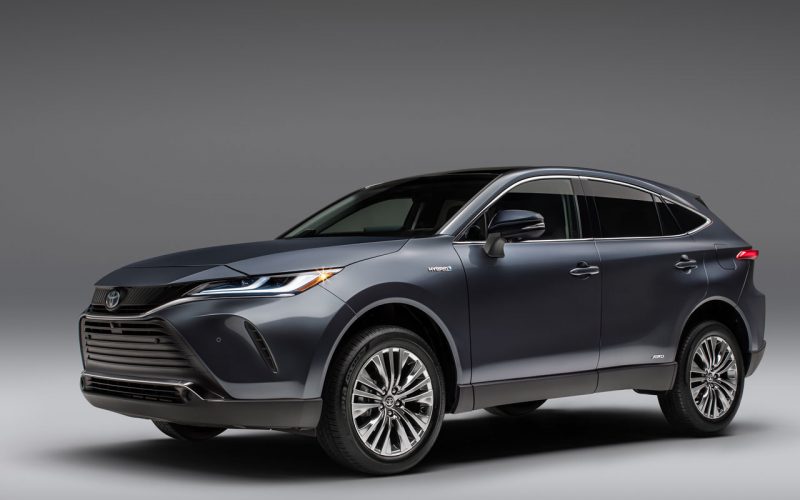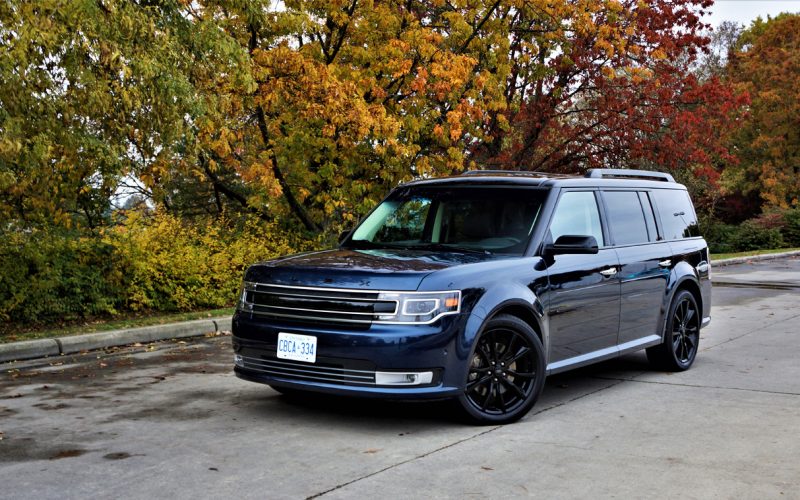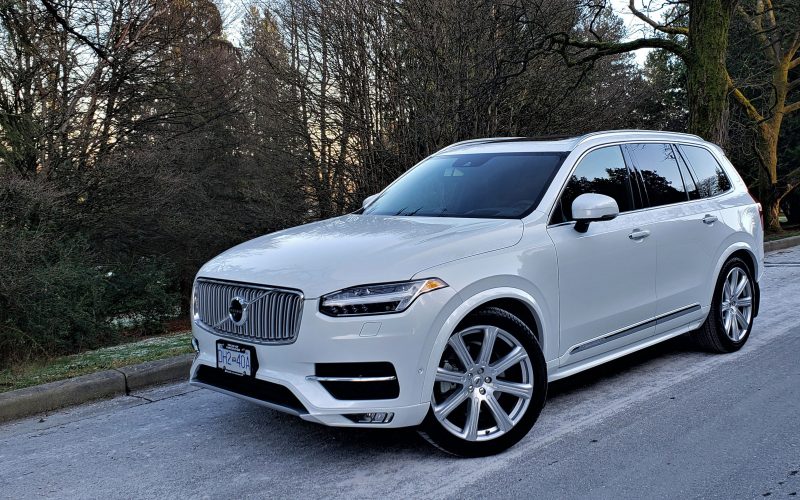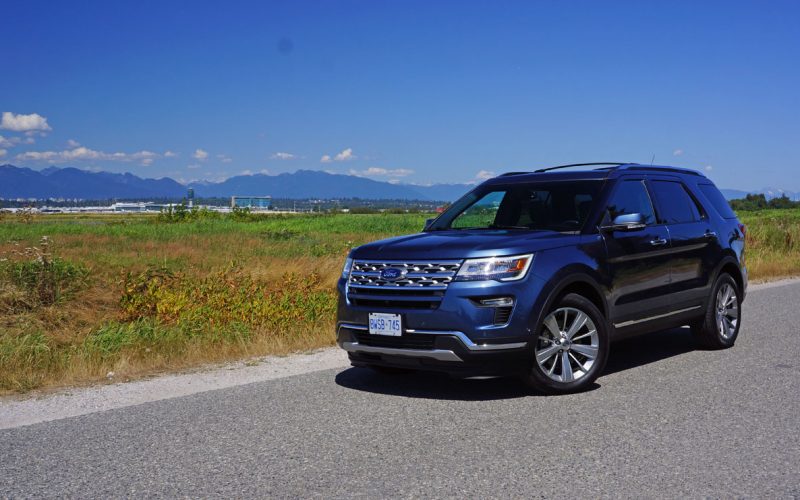
Reading Time: 9 minutesRemember the Venza? Toyota was fairly early to the mid-size crossover utility party with its 2009–2015

Reading Time: 13 minutesFYI, there are fewer new Ford Flex SUVs still available for sale than I had initially

Reading Time: 10 minutesDespite being well into its fourth model year, you’ll have a hard time finding a more

Reading Time: 12 minutesIf you like the current Ford Explorer, or more accurately the outgoing Explorer, now is the
© 2025 The Car Magazine. All Rights Reserved, Privacy Policy | Terms of Use